Q: Ryan, cybersecurity has become a key focus and growth area for Accenture. What is driving the focus and what do you see as the value-add that Accenture brings to the table?
Accenture's overall market approach is to "Lead in THE NEW," with "THE NEW" encompassing the digital transformation enterprises are undergoing to maximize their business. Implicit in "THE NEW" are two notions that have been gaining growing visibility within corporate leadership: digital trust and cyber resilience. Through a range of client discussions, our CEO, Pierre Nanterme, heard loud and clear that the market expects Accenture to be a leader and innovator in the cybersecurity market because digital trust and cyber resilience are foundational. With that charter, Accenture Security has been designated as a strategic growth initiative and we've accelerated our Practice growth.
The unique value we bring to our clients is in-depth perspectives on attackers - their motivations and methods - combined with a deep industry based perspective of the business drivers and specific risks our customers face. With these insights, Accenture is able to tailor more effective solutions that tackle security beyond their traditional four walls of the enterprise, extending to operational environments, customer engagements and extended value chains. It's security that helps our clients succeed.
Q: Kevin, what do executive business leaders and Boards of Directors need to understand about cybersecurity exposures to their business? How does Accenture help them address their organizational goals for cybersecurity?
We seem to have a constant drone of content through an array of news sources and social media around cyber-attacks and cyber threats – some of which is very sensationalized. Our business leaders and board members see these stories in an unfiltered light and are asking how ready their organization is to defend itself.
Accenture has developed a groundbreaking approach to helping key executives build context to those news stories and understand and prioritize efforts that will maximize their security investments. The approach is encompassed in six foundational steps:
- Lead from the top by materially engaging with enterprise leadership and improving the board's cyber literacy.
- Make security everyone's job by fostering a culture of cybersecurity and prioritizing training of all employees.
- Protect from the inside out by prioritizing protection of organizations' key assets.
- Pressure test security capabilities by engaging "white hat" external hackers to simulate real-world attacks.
- Invest to Innovate and to Outmaneuver, staying ahead of attackers.
- Grow confidently by keeping security connected to the bottom line and to real business needs.
These six steps transition security from being an IT initiative into it being a business problem – maximizing the insights and perspectives of all the business leadership to help prioritize initiatives based on business relevance.
Q: Ryan, you have described cybersecurity as being a human problem not a malware issue. Why is that the case and how does Accenture help organizations address the challenge?
We see cybersecurity as a human problem because problems start with an attacker or malicious actor with a specific motivation and a targeted objective. This might include taking a political stand to monetizing stolen data or disrupting critical operations. Understanding attacker motivations, what's of value within that business and keeping abreast of the methods and campaigns targeting a company – these all help organizations prepare.
By looking through the eyes of the adversary and understanding "how" and "why" they attack, many tangible outcomes come into focus, along with ideas for tangible and effective changes to day to day activities. For example, it's important to understand an organization's customer digital experience and the environment that supports it. Then you couple that with understanding of how advanced adversaries might value the customer information and how they might manipulate the environment through phishing and targeted malware attacks.
With that understanding in hand you can now initiate new software development approaches and enhanced technology deployment standards. The net is greater confidence in the resilience of your operations and improved customer confidence. Plus, ongoing "practice" creates muscle memory, so that when attacks do occur, the team is better prepared to respond. Thinking like an attacker has been a key tenet of Black Hat through the years, and it is infused in how Accenture Security helps our clients mount more effective defenses for their business.
Q: Kevin, what is your main focus at Black Hat USA 2017 and why?
Black Hat continues to occupy a significant place in the information security community. The notion of bringing security practitioners, researchers, military, law enforcement, business leaders and industry into the same room for a meaningful dialogue has proven very effective.
For Accenture, the focus this year is multi-fold. First, as Accenture Security continues to grow, we are staying active in our community to contribute to the larger discussion. We have amazing people with significant perspectives on improving security programs and so naturally we want to engage in these discussions with our peers. The second focus is on recruiting. We are growing rapidly and the people we want to add to Accenture Security are all over Black Hat. The final focus is community. Our leaders have been in the security industry for many years. Black Hat is an opportunity to interact with friends and industry colleagues in a setting that fosters collaboration.










